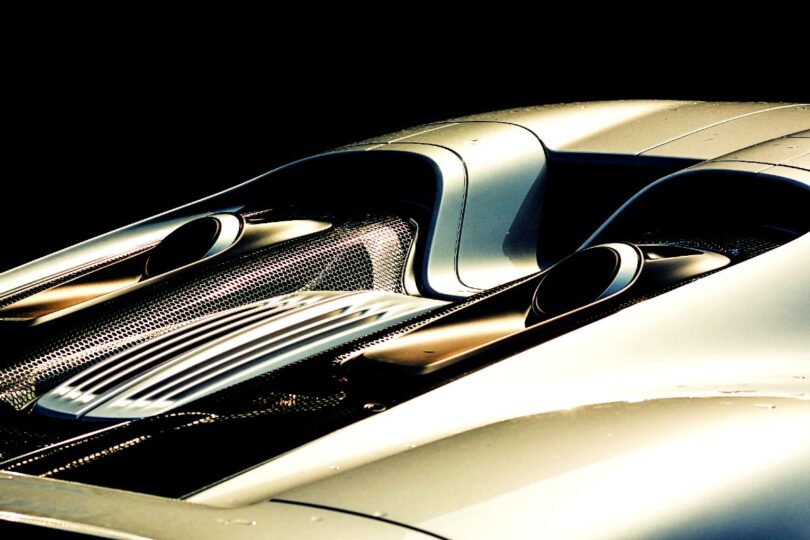As of 2020, nearly an impressive 1.8 million electric vehicles were registered in the United States, which is more than three times as many as in the year 2016. However, while the innovation of the electric vehicle has obviously shown to be successful (and continues to be), there are a number of additional innovations — some right in Southern California — that show much promise in continuing to transform the industry for the better.
VR and Innovative Battery Solutions
Virtual reality capabilities might be nothing new, though the use of the technology in the automotive industry has proven to bring a number of benefits. In Irvine, for instance, Karma Automotive’s designers actually use virtual reality to visualize how a car looks, allowing them to see a vehicle in detail far before it’s even built, which will aid in the design process before actually building a car itself. However, Karma isn’t the only innovator in the area, as one UC Irvine physicist by the name of Huolin Xin is seeking venture capital for his own newly designed EV battery that doesn’t use cobalt. This could be industry-changing for the automotive sector, as cobalt is known for being a scarce (yet essential) component used for lithium-ion car batteries.
Tesla’s Recent Aluminum Alloy Patent
Tesla’s recent aluminum alloy patent is yet another innovative contribution that could certainly make waves in the industry. Titled “Die Cast Aluminum Alloys for Structural Components,” the patent may indicate what could be the beginnings of making durable, high-quality electric vehicles (that would actually be cheaper to produce). It’s noted that numerous structural components made of aluminum alloys may need to be heat-treated, which while this process aids in improving key aspects of the components such as the corrosion resistance and strength, etc., heat treatments are also time-consuming and tend to involve potential yield losses. As such, the company notes that it would be preferable to produce aluminum alloy components with high yield strengths and ductility, though without the need for the aforementioned heat treatment.
Making Titanium Mainstream
Innovations within the automotive industry continue to improve and transform the vehicles of the future, though some innovations — like the use of 4130 steel or titanium — could certainly be expanded on and made more mainstream in car manufacturing. Often used in luxury cars (such as the Ferrari Sedan 3.5LV8 or even back when Tesla made use of a titanium plate in the Tesla Model S to prevent battery fires), the use of titanium within automotive has shown to be great for the material’s low density and high strength (along with its good corrosion resistance properties). When applied in automobiles, it can be used in auto parts such as the titanium metal bar, or titanium springs, to name just a couple. However, titanium simply isn’t cheap, which is why finding low-cost titanium alloy is imperative in order to make its use more ubiquitous.
While the automotive industry continues to be transformed by revolutionary innovations — such as those that aim to improve vehicle design (like Karma Automotive’s VR), or new uses for aluminum alloy that’s implied in Tesla’s recent patent, other applications like the use of titanium can continue to be improved to be made more mainstream.
Photo by Pietro de Grandi








